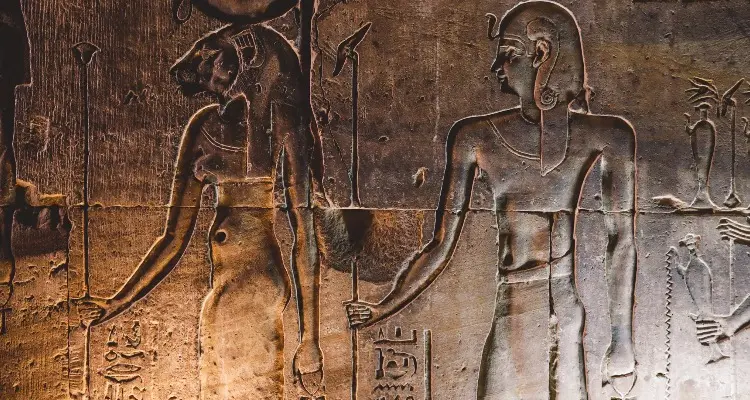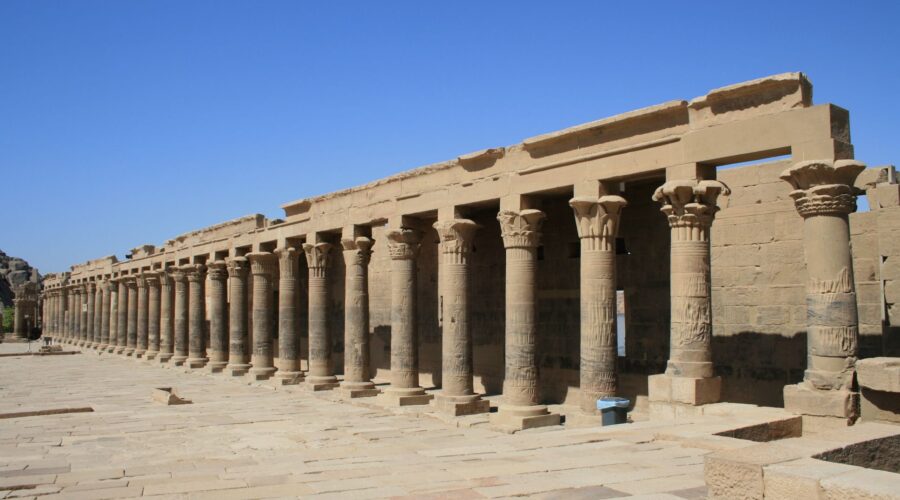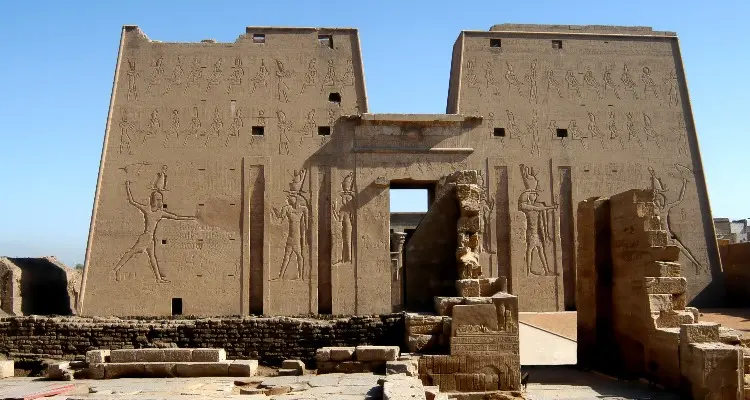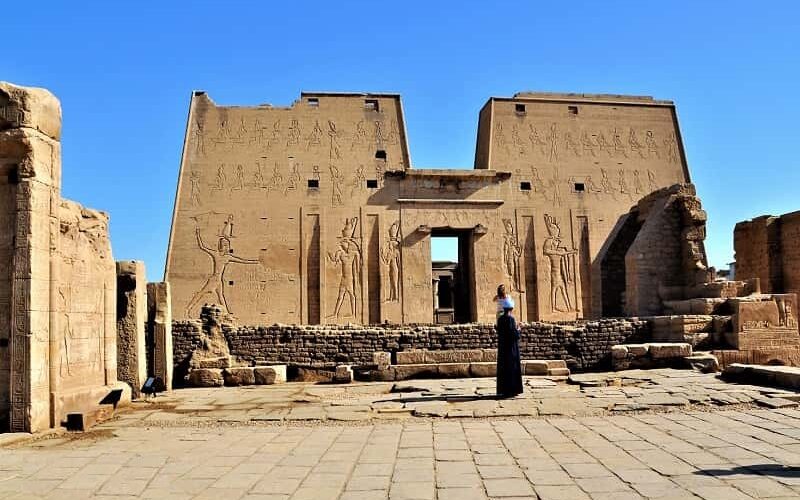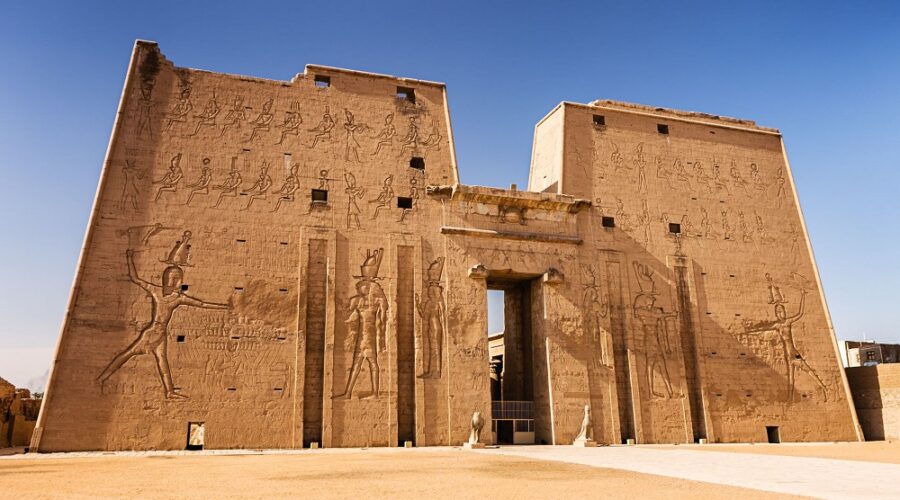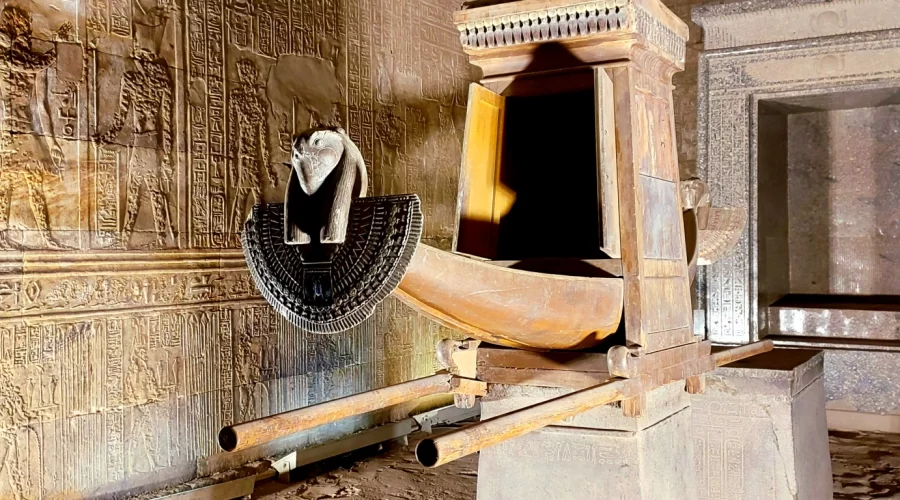How to visit the Temple of Horus in Edfu
The Pylon:
The entrance to the Temple of Horus at Edfu is an impressive Pylon. It is 36 meters (130 feet) high and 80 meters (260 feet) wide. The Pylon is a huge portal. It consists of two conical towers. You can see the relief of the double tower. These images show that Ptolemy XII beat his enemies.
Two granite Falcon Statues:
There are two falcon statues at the entrance, symbolizing Horus , the Sun God of ancient Egyptian royalty
Courtyard:
If you go through the entrance, you can see the relief of the feast of the gods. 32 columns surround the courtyard on three sides and form a covered colonnade. There is a broken granite falcon statue and a well-preserved granite statue.
First Hypostyle Hall:
After crossing the open courtyard, there is a huge external hall made of twelve columns arranged in two rows. The capital and ceiling are decorated with astronomical images.
Second Hypostyle Hall:
After passing the outer hall, there is the inner hall. There are twelve columns in three rows. The pillars are illuminated in different colors. There are three small rooms decorated with reliefs.
Offering Hall:
Behind the inner hall is a narrow room where offers of food and oil are burned.
Pronaos Hall:
This is the room at the entrance to Neos.
The Naos:
This place was built by Nectanebo II. It is considered the oldest part of the temple. It has a replica of a sacred boat that is believed to have been there originally.
Lateral Rooms:
There are other rooms to explore, which are believed to be storage rooms where the oils and spices were once used in the rituals practiced in the temple. Some chambers have recipes for making the oils and scents. Tourists can appreciate that this is one of the few temples that has an intact roof.
In fact, the Temple of Horus in Edfu is a testament to ancient Egyptian architecture and religious practices. Under the Kingdom of Ptolemy between 237 and 57 BC, it was one of the most complete temples and gave insight into the language, myths, and religion during the Greek period.
The walls of the temple
The outer walls are decorated with inscriptions and reliefs that describe the eternal battle between Horus (the symbol of good) and Seth (the symbol of evil).
This site not only demonstrates the grandeur of ancient Egyptian civilization, but also serves as an essential source for understanding historical religious narratives.


